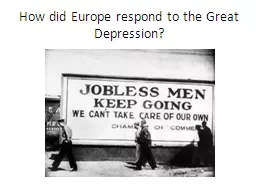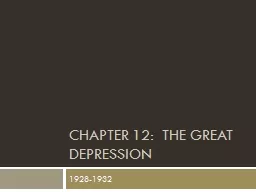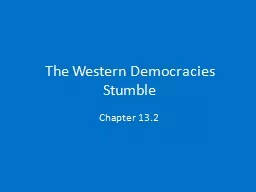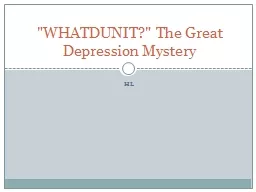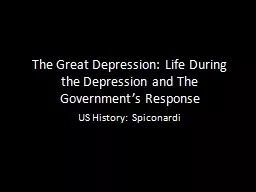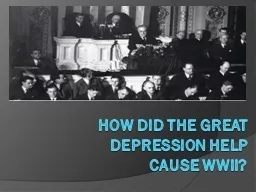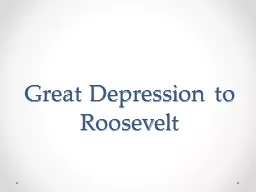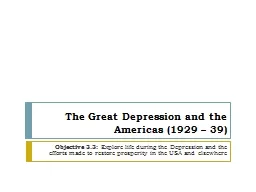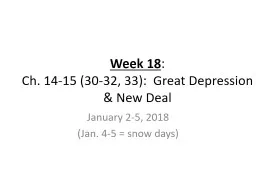PPT-How did Europe respond to the Great Depression?
Author : marina-yarberry | Published Date : 2019-02-01
GREAT BRITAIN Follows traditional orthodox economic theory A neoMercantilist point of view Looks inward avoid sforeign problems Balancedbudget unemployed workers
Presentation Embed Code
Download Presentation
Download Presentation The PPT/PDF document "How did Europe respond to the Great Depr..." is the property of its rightful owner. Permission is granted to download and print the materials on this website for personal, non-commercial use only, and to display it on your personal computer provided you do not modify the materials and that you retain all copyright notices contained in the materials. By downloading content from our website, you accept the terms of this agreement.
How did Europe respond to the Great Depression?: Transcript
Download Rules Of Document
"How did Europe respond to the Great Depression?"The content belongs to its owner. You may download and print it for personal use, without modification, and keep all copyright notices. By downloading, you agree to these terms.
Related Documents

